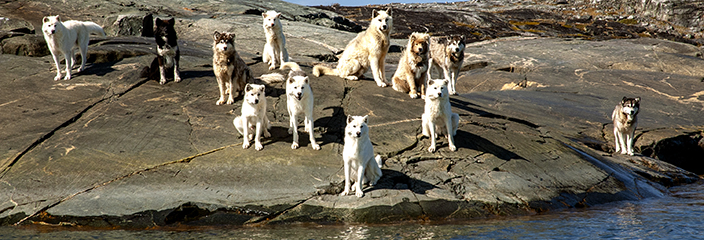By Corey Sandler, Destination Consultant Silversea Cruises
Fethiye is not going completely off the beaten path, but the modern city of 70,000 is in a slightly less visited region of Anatolia.
It is built on the site of the ancient city of Telmessos, the ruins of which can be seen in the city, including a Hellenistic theatre nearby the main dock. Telmessos was the most important city of Lycia, with a recorded history starting in the 5th century BC.
Photo by Corey Sandler
The region fell to the Turks, coming under rule of the Anatolian beylik of Menteşe in 1284. The renamed town of Beskaza became part of the Ottoman Empire in 1424, and was held for the next five centuries. The town grew considerably in the 19th century, with a large Greek population.
With the collapse of the Ottoman Empire at the end of the first World War, Greece and Turkey engaged in a massive exchange of ethnic populations. Nearly all of the Greeks of Makri were sent to Greece where they founded the town of Nea Makri (New Makri) northeast of Athens.
Coming the other way were Turks moved from Greece.
In 1934, under the newborn Republic of Turkey, Makri was renamed one more time, as ‘Fethiye’ in honor of Fethi Bey, one of the first pilots and first fatalities of the Ottoman Air Force, which participated in the Balkan Wars and the first World War. At its peak, the Ottoman Air Force had about 80 planes.
XANTHOS AND LETOON
The ancient cities of Xanthos and Letoon were the home of the ancient Lycians back in the 8th century BC and later by Greeks and then Romans.
Like much of the archeological shoes of Turkey, more lies in the ground than haa yet been revealed: perhaps only 10 percent had been explored.
We ventured 90 minutes up into the foothills of the Taurus Mountains to do our own exploration.
Photos by Corey Sandler.
MODERN FETHIYE
Today, Fethiye is one of Turkey’s most popular tourist resorts, apparently of special appeal to Britons.
Beautiful scenery, fine climate, and a relatively inexpensive cost of living. About one in ten residents, about 7,000, are British citizens. And about 600,000 Britons visit every summer.
DALYAN AND ROCK TOMBS
About 45 minutes away is the town of Dalyan, and the rock tombs near Caunos. At Caunos you can see Hellenistic fortifications, remains of tower and a gateway on Acropolis Hill, a Palaestra, Theatre, and Byzantine Church. And most dramatic, a set of tombs carved into the rocks near the town.
Kaunos was an important sea port which may date as far back as the 10th century BC. Because of the silting of the former Bay of Dalyan and the formation of İztuzu Beach, Kaunos is now located about 8 kilometers or 5 miles from the coast.
Today, the most unusual site of the Kaunos region are the Rock Temples. There are about a dozen of them; six rock tombs on the Dalyan river date from the 4th to the 2nd century BC. The façades of the rock tombs resemble the fronts of Hellenistic temples with a pair of Ionian pillars, a triangular pediment, an architrave with toothed friezes, and acroterions shaped like palm leaves.
The rock tombs were burial chambers for kings and queens of that era. Behind tall columns that stood next to the entrance is the main chamber where royalty was buried with their possessions.
Lycians believed that a winged creature would carry them into the afterworld. At least that was the path for the royalty of the time.
Putting the tombs on the high cliff faces make it easier for the airborne travel.
All photos by Corey Sandler. All rights reserved. If you would like to purchase a high-resolution image, please contact me.



















